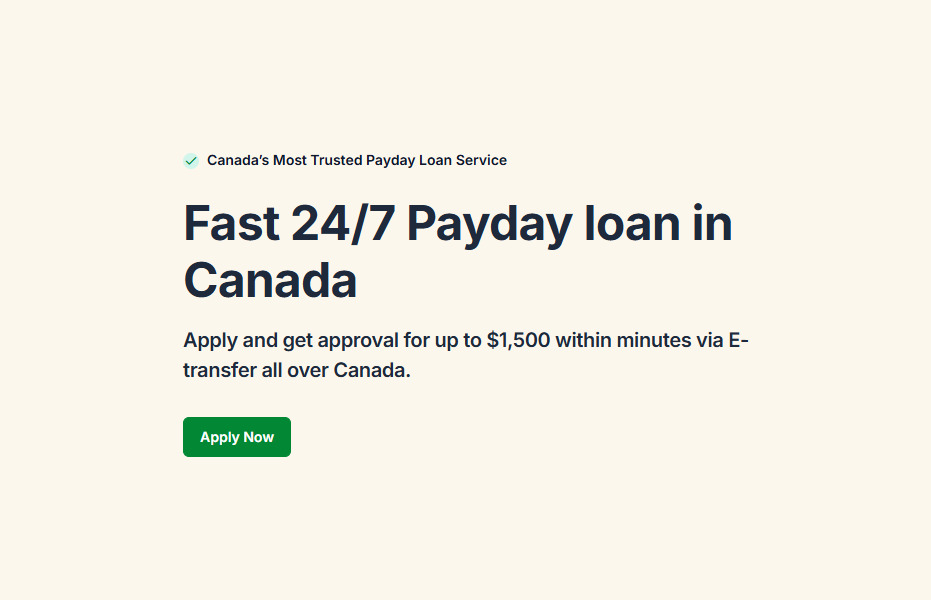
New Year Budget Reset for BC Households
January 3, 2025 by Finquest FinancialWhy Start the Year with a Budget Reset?
After the holidays, many BC households find themselves dealing with leftover debt, high winter utility bills, and the pressure of New Year financial resolutions. According to Statistics Canada, household debt ratios continue to climb, making it harder for families to keep up with rising living costs. A “budget reset” at the start of the year gives you a clean slate — and helps prevent small financial slip-ups from turning into bigger problems.Step 1: Review and Track Your Spending
The first step to any budget reset is awareness. Review your bank statements, credit card bills, and receipts from December. Most Canadian banks, such as RBC, TD, and Scotiabank, now offer built-in spending trackers in their mobile apps. These can help you categorize where your money went — groceries, entertainment, utilities, or impulse shopping.If you notice overspending, don’t beat yourself up. Instead, highlight categories where you can reduce costs going forward.Step 2: Catch Up on Bills Quickly
Late payments can add unnecessary fees and damage your credit score. If you’re behind, call your utility provider or service company and ask about flexible repayment arrangements. Many providers are willing to set up payment plans if you’re proactive.💡 Credit Tip: Your payment history makes up a large portion of your credit score. Checking your score regularly can help you spot issues early. In Canada, you can access your credit report for free from:- Equifax – one of Canada’s two official credit bureaus.
- TransUnion – the other main bureau offering free online access.
- Credit Karma – offers free access to your TransUnion credit report and provides credit monitoring tools.
- Your own online banking app – some Canadian banks (like RBC and Scotiabank) now display your credit score within their apps at no cost.Each service provides slightly different data, so checking multiple sources gives a fuller picture of your financial health.
Step 3: Set Clear, Achievable Goals
Don’t just say “I want to save money.” Instead, set measurable targets:- Save $1,000 for an emergency fund by July.
- Pay down $200/month on a credit card balance.
- Cut discretionary spending (eating out, subscriptions) by 15%.
Use the SMART goal framework (Specific, Measurable, Achievable, Relevant, Time-bound) to keep yourself accountable.
Step 4: Build a Winter Survival Budget
Winter in BC means higher heating costs, holiday leftovers, and sometimes unexpected car or home expenses. Create a seasonal mini-budget that accounts for:- Hydro bills and heating (check BC Hydro’s savings tips).
- Winter car maintenance (tires, antifreeze, emergency kits).
- A cushion for surprise bills.
If you know these expenses are coming, set money aside weekly instead of letting them pile up.
Step 5: Use the Right Tools to Stay on Track
Budgeting apps are extremely popular among Canadians, especially those balancing multiple expenses. A few favorites include:- Mint – syncs with your bank accounts to automatically track spending.
- You Need A Budget (YNAB) – focuses on assigning every dollar a purpose.
- Koho – a Canadian fintech app that doubles as a prepaid card and budgeting tool.
Whichever tool you choose, consistency is more important than perfection.
When Budgeting Alone Isn’t Enough
Even with the best intentions, financial surprises happen — an overdue rent payment, an urgent car repair, or a medical bill. That’s where short-term solutions like payday loans can provide a temporary bridge until your next paycheck.sAt Finquest Financial, we provide fast, no-credit-check payday loans of up to $1,500, sent by secure e-transfer, so you can cover essentials without delay.Apply Now
Continue Reading
🔗 Next Post: How to Lower Winter Utility Bills in BC | Save on Hydro